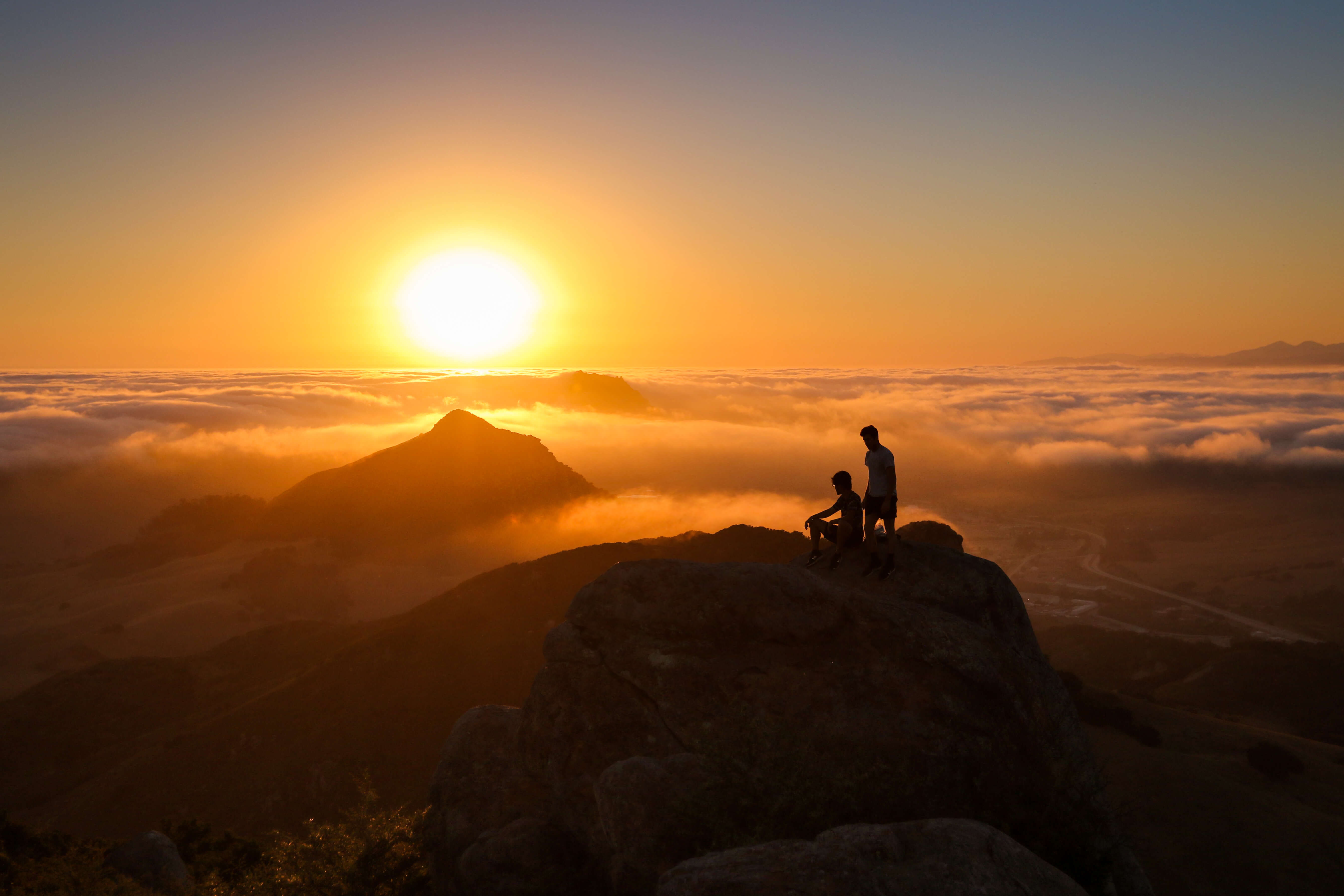When it comes to hiking, there aren't many who know more than our good mates over at Macpac! They've been gearing people up with their epic outdoor gear since the ‘70s and have everything you need to keep you in good stead, no matter what trail you're tackling. Founded across the ditch in NZ (we won't hold that against them), these guys sure can teach you a thing or two about hiking. Now that the cooler weather's on its way, we think it's the perfect time to lace up the ole boots! Matter of fact, we might go for a hike and leave it to Macpac to help you choose the right gear for a day hike…
Hiking is one of the easiest and most rewarding ways to immerse yourself in the outdoors. From a family-friendly forest loop to bagging a challenging peak, the possibilities are endless. Whether you're a veteran trailblazer or a first-time hiker, a little planning and prep can go a long way. Shop our range of Hiking gear including hiking boots, packs & bags, clothing, shelter & more.
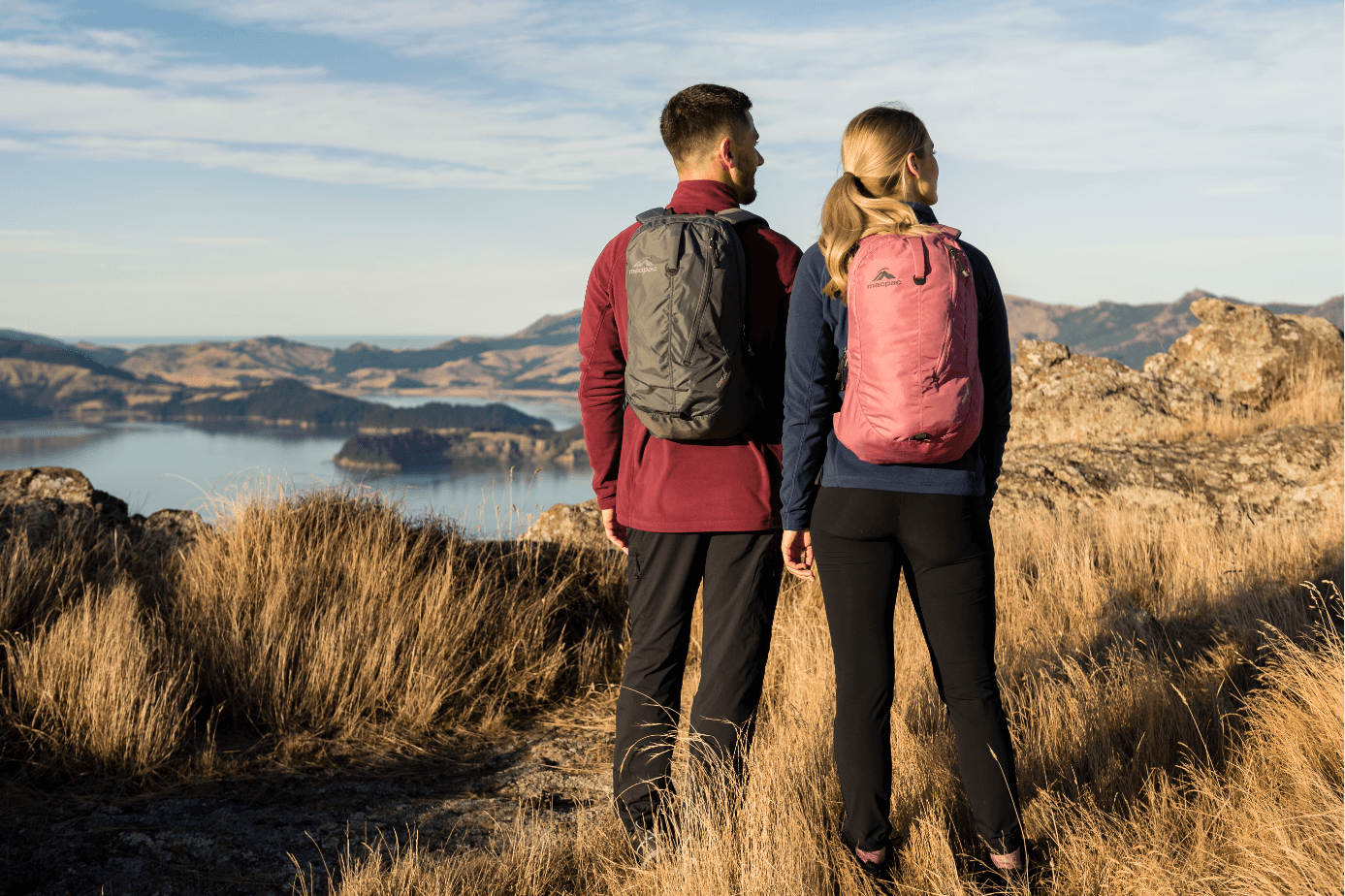
WHAT IS A DAY HIKE?
If you’re out for roughly 3 hours or over (without spending the night), you’re on a day hike. A day hike can be as simple or as challenging as you want it to be, depending on where you're going, the weather conditions and the type of terrain you expect to traverse.
Regardless of where you’re going, there are a few items well worth bringing to make sure you get the most out of your experience. We’ve put together a handy buyer’s guide of what to bring on your day hike.
What to bring on a day hike
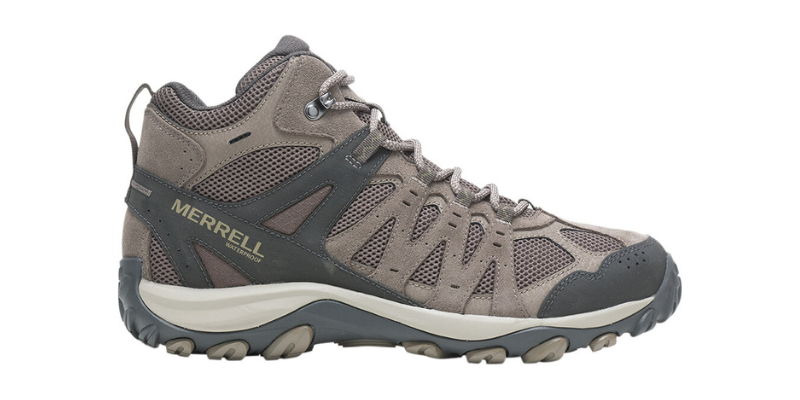
Hiking shoes
When they said ‘these boots were made for walking’ – they had a point. Not all shoes are created equal, and having appropriate footwear is key to an enjoyable hiking experience. A grippy sole with decent traction is a minimum. So, it’s time to leave behind the sneakers or thongs (though feel free to leave them in the car for post-hike!) and invest in a sturdy pair of hiking boots/shoes that will serve you well for years to come.
Some hikers prefer hiking shoes, while others lean towards hiking boots – and there are pros and cons of both. Hiking shoes are lighter and more versatile, whereas hiking boots are more durable, with ankle support and stability for longer hikes.
We recommend heading in to your local BCF store and trying on as many shoes as you can to find the best fit.
Merrell’s range of hiking shoes and hiking boots is particularly versatile. The Merrell Accentor 3 Women’s Hiking Boots and the Merrell Men’s Accentor 3 Hiking Boots are worthy choices. Both pairs have a ‘mid’ and ‘low’ option depending on how much ankle support you need.
Whatever footwear option you go for, it’s also a good idea to break them in before your hike so your feet get used to your new purchase.
Check out BCF's epic range of hiking boots here.
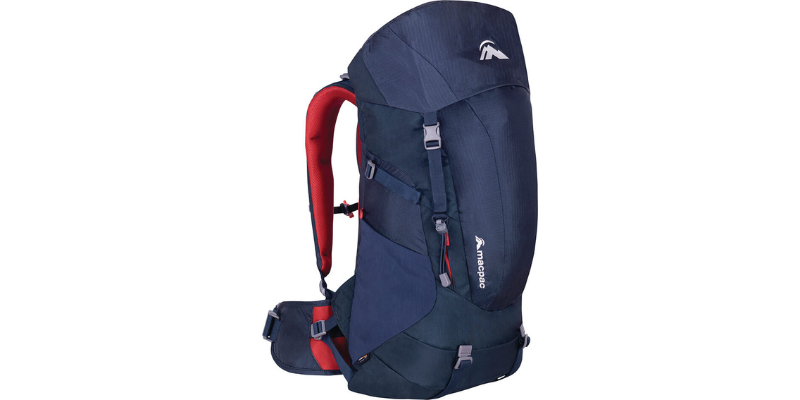
Hiking backpack
Backpacks are another item where comfort is king. We recommend a backpack that is between 18L – 35L for a day hike. The Macpac Rapaki 28L Daypack is a tried and tested versatile option, with plenty of carrying capacity for a day hike. It’s made of weather-resistant oxford nylon and features a padded and supportive hip belt (with pockets). The backpack also has a handy built-in rain cover if the weather isn’t playing ball. The Macpac Rapaki 28L backpack really is an all-rounder backpack, perfect for everything from day hikes to your daily commute.
Macpac Torlesse V2 35L Hiking Pack is another great option and a good introduction to carrying weight on your back. At 35L, there’s enough space to progress from day hikes to light overnight missions. The Torlesse is made from tough Cordura® and ripstop nylon fabrics and features an AirFlo™ harness for comfort and effective load transfer.
Bonus: The Torlesse also has a built-in rain cover so you know you’re covered, if the wet stuff starts coming down.
Check out BCF's range of daypacks here.
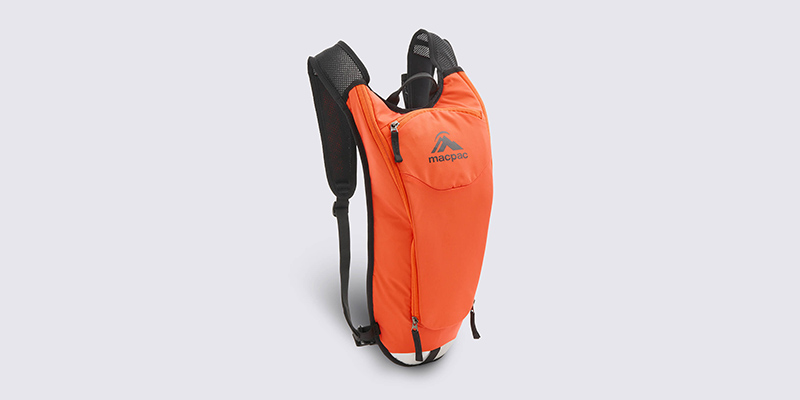
Hydration pack or water bottle
If you’re hiking somewhere where the water sources are unreliable or non-existent, it’s important to carry enough water to see you through your hike comfortably, particularly in summer when conditions are hotter and drier.
Hydration packs (also known as bladders) are an efficient and convenient way of doing this. Most hiking backpacks will be ‘hydration compatible’ which means there is a sleeve in the hiking backpack where you can insert your hydration pack, and a hole at the top where the nozzle can be fed through. Then you can attach the hydration pack’s tube to the front strap of your pack and sip as you walk, without having to take your hiking backpack off to access your water bottle.
Another benefit of hydration packs is that they have more capacity than the typical water bottle and can range from 1L to 3L.
Both the Macpac Rapaki 28L Backpack and Macpac Torlesse 35L Hiking Backpack are hydration pack compatible!
Water bottles on the other hand, are more durable than soft hydration packs, easier to fill up if you come across a water source on the trail, easier to clean and ultimately cheaper. While hydration packs are quite specific in their purpose, you can use the same water bottle for countless other pursuits, such as day to day at the office or at the gym.
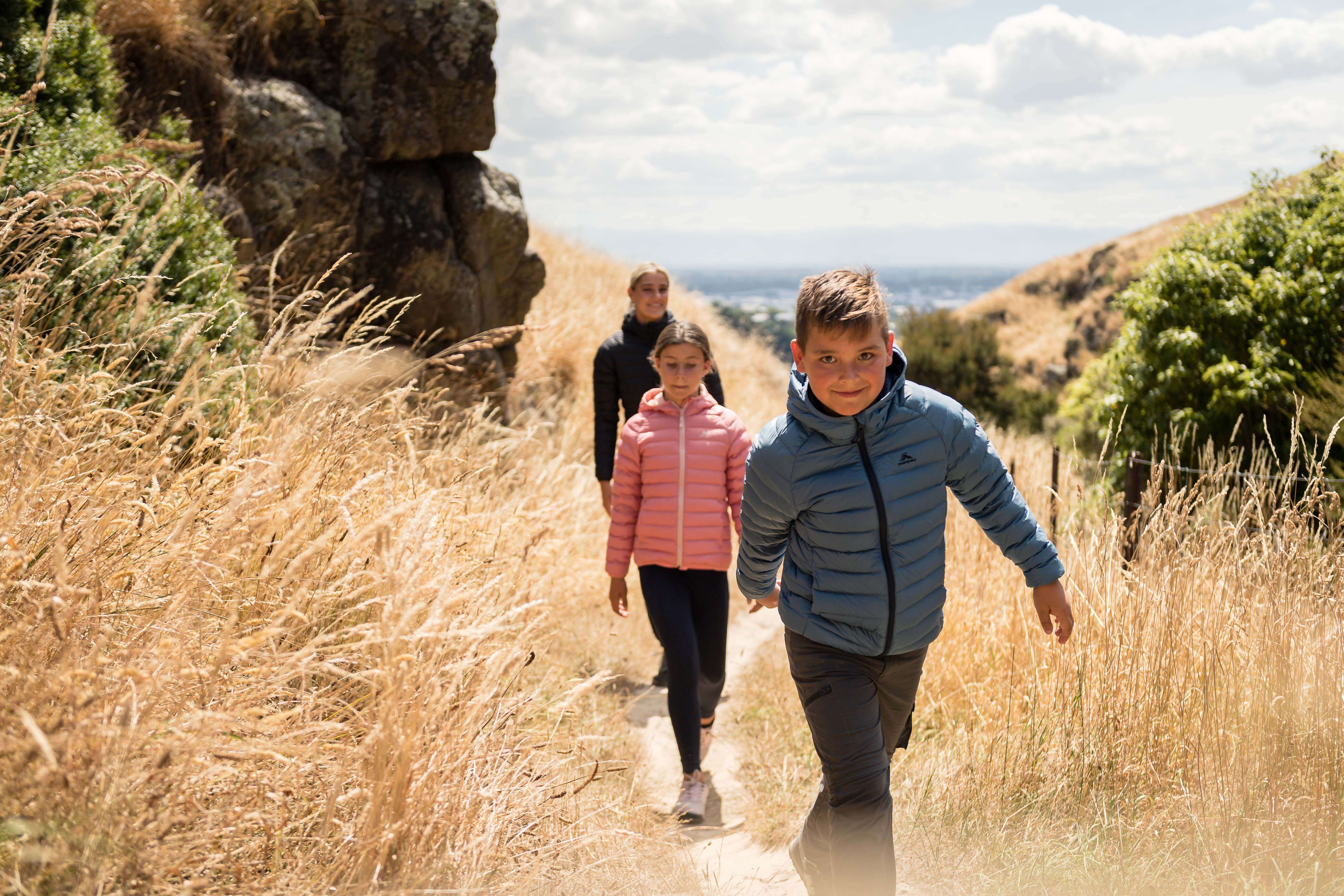
Appropriate clothing for hiking
Jeans and cotton tees won’t cut it here — they aren’t breathable and won’t perform if they get wet. When considering clothing for a day hike, break it down into a 3-layer system. Managing your temperature on a hike is all about managing your layers — and adding or subtracting as needed.
Layer 1: Baselayers
This is your next-to-skin layer, such as your t-shirt and hiking shorts or hiking pants. Ideally choose ‘wicking’ fabrics i.e. those that will dry quickly and draw sweat away from your skin. The main choices available here are merino or synthetic baselayers (or a blend of the two).
Synthetic fibres (like polyester and nylon) will dry faster, are easy to care for and are (generally) more durable. The geothermal range from Macpac is a popular pick for hikers and for good reason, it’s lightweight and will keep you dryer than a bone due to its moisture-wicking abilities.
Merino wool (a natural fibre) is breathable, anti-microbial, moisture-wicking, keeps you warm when it’s cool and cool when it’s warm. However, it’s not as durable or quick to dry as its synthetic counterparts.
As this blog is covering day hikes, you won’t need to worry about underwear or long johns here. In terms of your hiking pants or hiking shorts, for all-day comfort, you want options that are quick-drying, stretchy and abrasion resistant. Some styles also have added UPF protection which is always a bonus. Consider the Macpac Men's Drift Pants or the Macpac Women's Hike V2 Tight
Layer 2: Mid-layers
This is the insulating layer helps you retain the heat that’s radiated by your body. Generally, it’s a fleece or insulated jacket, depending on the conditions. Fleece can vary a lot in weight; again – heading in-store and trying mid-layers on will be hugely beneficial.
Macpac’s Tui Fleece Pullovers are a popular and cosy option.
Consider bringing a Macpac Puffer Jacket as well, just in case! A down jacket will be warmer than a synthetic one, more compressible and packable too. However it won’t perform if it gets wet – which is where synthetic jackets really shine.
Layer 3: Outer-layers (or shell layers)
This is an essential part of your kit that's designed to keep the weather off you. Shells (softshells or hardshells) are also handy for chucking on when you’re stopping for lunch as you’ll cool down naturally whenever you stop. A hardshell like the Macpac Dispatch Rain Jacket is a good option here.
Check out more on layering up for Winter here.
Clothing accessories
- Gaiters; humble gaiters are a hiker’s best friend. They can keep out rocks, mud, snow, burrs, stinging nettle and more. Sea to Summit Overland Gaiters are a popular, easily adjustable and hard-wearing pair.
- Warm hat, multiscarf and glove liners;These are optional but recommended if the weather turns and it gets cold or windy.
The more you hike, the more you’ll discover what works best for you.
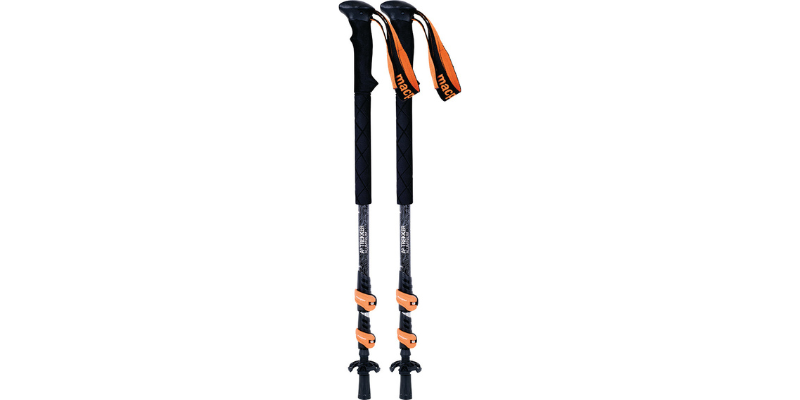
hiking poles
Hiking poles can provide stability on uneven terrain (think river crossings, steep climbs, or scree descents — something we have plenty of in New Zealand) reduce stress on your joints (especially when you’re carrying a heavy pack), aid balance and save your knees when it gets extra gnarly. We can’t recommend them enough! Even if you’re not planning on using hiking poles all the time, it’s worth bringing them with you just in case. Luckily hiking poles can be packed down easily and strapped to your pack! Check out Macpac’s A3 Trekking Poles — durable, easy to adjust and comfortable to grip, they’ll help you move quickly and efficiently on any trail.
Maps/Navigation
Always try to familiarise yourself with the route you’re hiking beforehand. If it’s a longer day hike, it’s worth downloading any maps for use in offline mode – or better yet, have a printout you can bring in a waterproof casing.
Sea to Summit make some great Map Cases of different dimensions such as the Sea to Summit TPU Guide Map Case
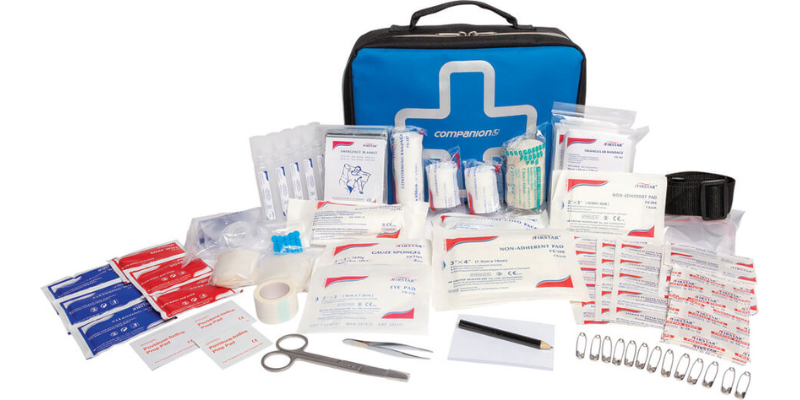
Safety/first aid
There are 3 things to consider here:
- A communication device; It’s good practice to tell someone your intentions before you head out. If something happens and you’re not back when you’re meant to be, they’ll be able to contact the relevant emergency services. However, you should always carry some kind of communication device with you on your hike. Don’t rely on your phone; reception can often be patchy in remote areas or non-existent so it’s good have backup if things go pear-shaped. Getting your hands on a Personal Locating Beacon (PLB) will get you out of trouble and makes an affordable option for peace of mind.
- First aid kit; If you already have a first aid kit, check what’s in it, and adjust the contents for a day hike. With 30 different species of snakes in Australia that have life-threatening venom, consider adding the Bob Cooper Snake Bite Kit to your first aid kit. Also, if you’re hiking with mates, it’s important that everyone in the group knows where the first aid kit is.
- Survival blanket; these are small, inexpensive, single-use items, but can be literally life-saving if you get lost, injured or caught out during your hike.
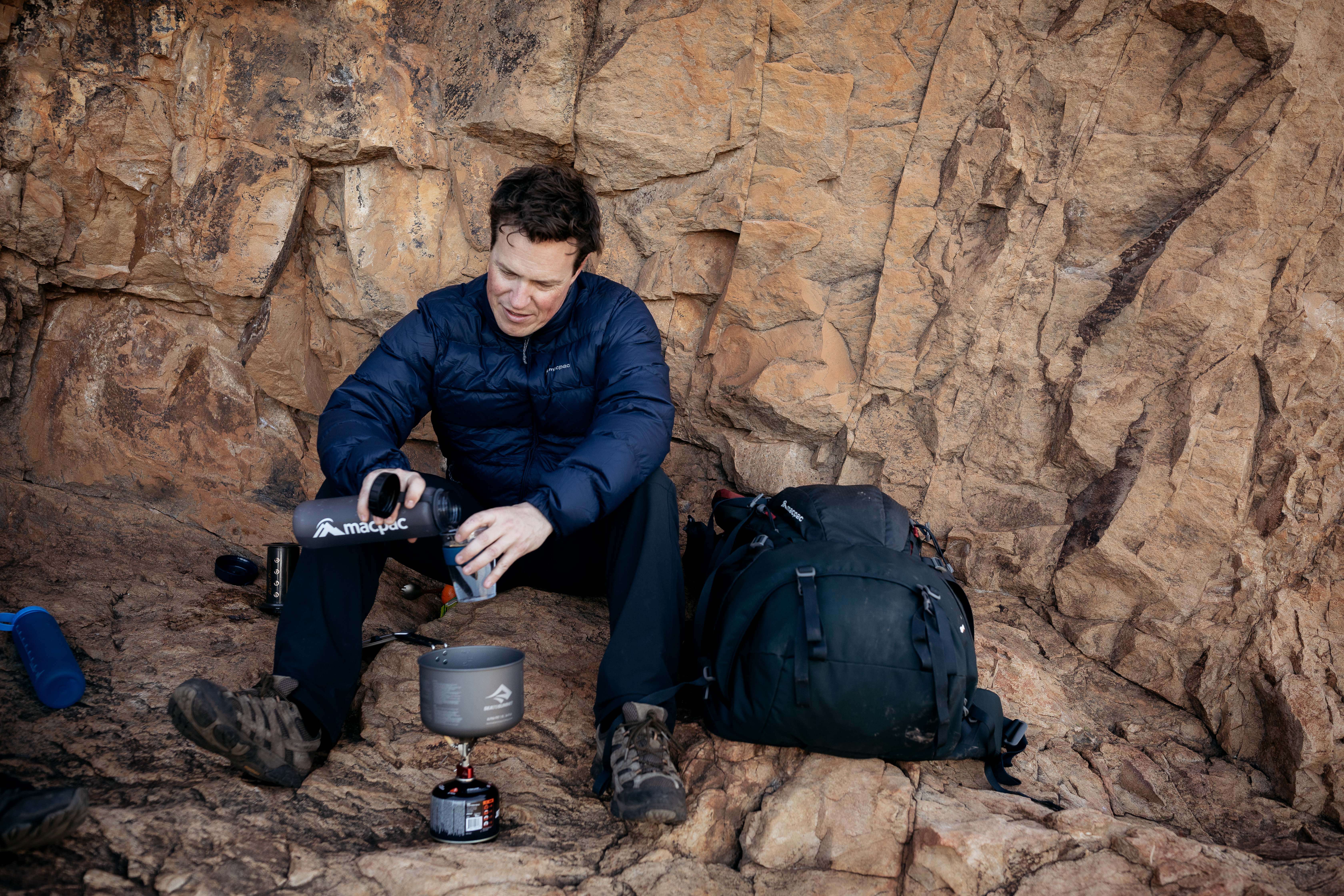
Other items to bring on your day hike
- Food and snacks; check out this video by Macpac ambassador Caro Ryan for some ideas on how to pack food for a hike. Although Caro talks about overnight hikes specifically, you can tweak her tips for a day hike too. Other items you might want to consider are a Jetboil to boil water for your lunch and coffee. Check out the Jetboil Carbon Flash Hike Stove and the Jetboil Silicone Coffee Press - Grande.
- Battery pack for your phone; if you’re planning on using your phone a lot – such as for photos – you don’t want it to run out of battery. ‘Course you can always turn it to airplane mode, but we reckon you can never be too careful…
- Headlamp; we don’t plan for things to wrong, but they so easily can! Often packing a small headlamp can be great for peace of mind, if you get caught out and have to stay out later than intended. Also, forest or dense bushy areas will get darker quickly!
- Sun protection; In our corner of the world the sun is harsh, even in winter! So using the correct sun protection is vital! According to skin cancer specialist Dr. Sari Lester, it’s important to re-apply SPF50 sunscreen every couple of hours. You don’t need to bring the whole bottle – pour some into a smaller container to bring with you.
- Macpac Travel Hiking Chair; okay, we don’t recommend bringing this one in your hiking backpack but depending on where you’re going, it could be a great idea to store a couple of these beauties in your boot for post-adventure yarns!
Final tips when packing for a day hike
- Go with others, if this is your first day hike; while a solo mission can be incredibly freeing, if this is your first hike, getting a group of mates together can be a good idea as you build up your confidence. Or tag along with more seasoned hikers who can show you some awesome trails.
- Share the load; another benefit of going hiking with others is that you can distribute some of the load, such as food and safety equipment. Just make sure you’re not doubling up on what you’re carrying and you know who has what in case of emergencies. Share the load
There you have it. Armed with a few simple tips (okay a bunch of detail!) you’re ready to tackle any hike.
And as for where to go?
Well, everywhere is waiting.
